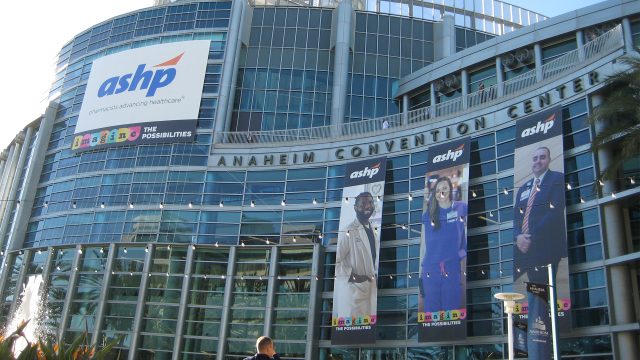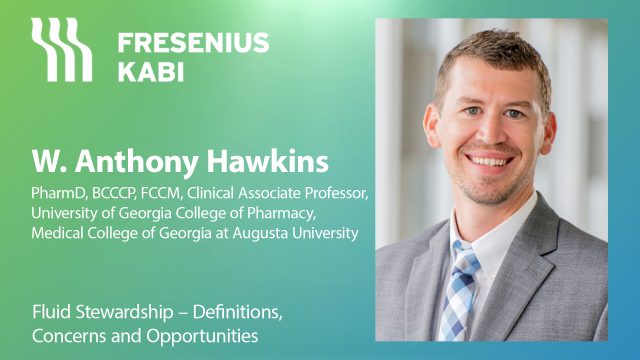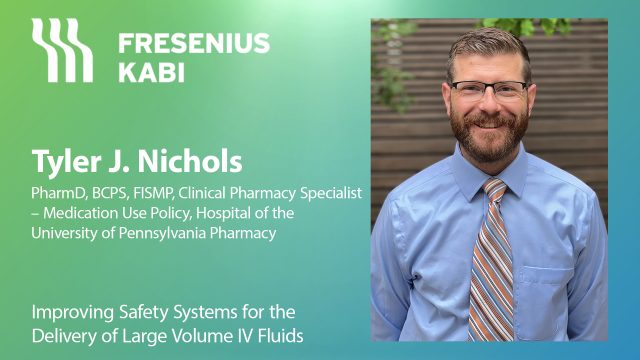Advertisment
ACC 2014 Report: Comparison of drug-releasing stents show similar safety outcomes after 2 years
A comparison of the safety of biodegradable polymer biolimus-eluting stents vs durable polymer everolimus-eluting stents finds similar outcomes for measures including death and heart attack after two years, according to a JAMA study released online to coincide with presentation at the 2014 American College of Cardiology Scientific Sessions.
Recent studies have raised concerns about the safety of biodegradable polymer drug-eluting stents (BP-DES) compared with durable polymer everolimus-eluting stents (DP-EES). The NOBORI Biolimus-Eluting vs XIENCE/PROMUS Everolimus-Eluting Stent Trial (NEXT) is a study evaluating the efficacy and safety of biodegradable polymer biolimus-eluting stents (BP-BES) vs. DP-EES. The primary efficacy outcome of target-lesion revascularization (restoration of blood flow in coronary arteries) at 1 year demonstrated non-inferiority (not worse than) of BP-BES compared with DP-EES. However, the advantages of BP-BES could emerge beyond 1 year when polymer has fully degraded, according to background information in the article. Masahiro Natsuaki, M.D., of Saiseikai Fukuoka General Hospital, Fukuoka, Japan, and colleagues examined outcomes of this trial after two years.
Of 3,235 patients, 1,617 were randomly assigned to receive BP-BES and 1,618 to DP-EES. The researchers found that treatment outcomes with BP-BES were non-inferior to DP-EES for death or heart attack (7.8 percent vs 7.7 percent, respectively) and target-lesion revascularization (TLR) (6.2 percent vs 6.0 percent). The rates of death or heart attack and TLR were not significantly different between the groups at 2 years.
“In NEXT, the safety and efficacy outcomes of BP-BES were non-inferior to those of DP-EES at 2 years. However, 2 years is not long enough to confirm the long-term safety of BP-BES, and the study was underpowered for the interim analysis. Follow-up at 3 years will be important,” the authors write.
(doi:10.1001/jama.2014.3584 Available at http://media.jamanetwork.com)
Contact: Takeshi Kimura, M.D.
taketaka@kuhp.kyoto-u.ac.jp
The JAMA Network Journals





